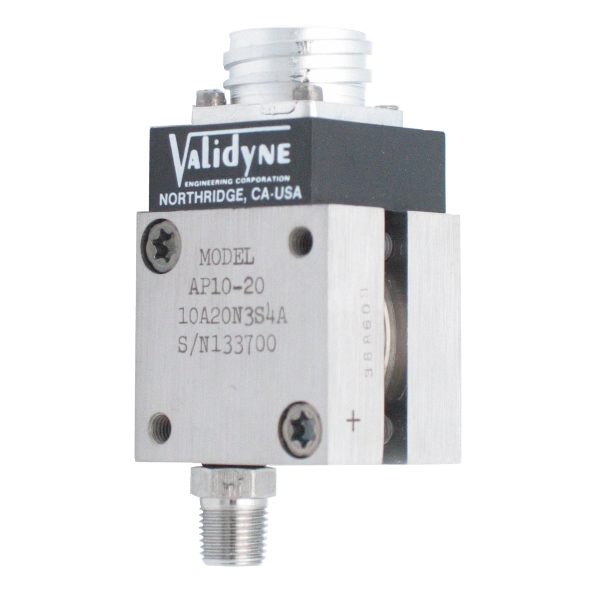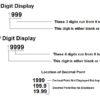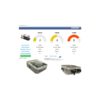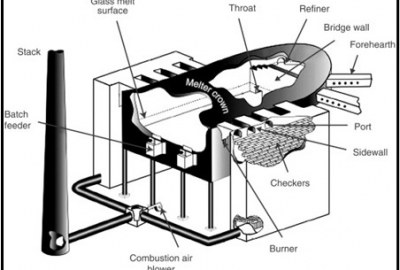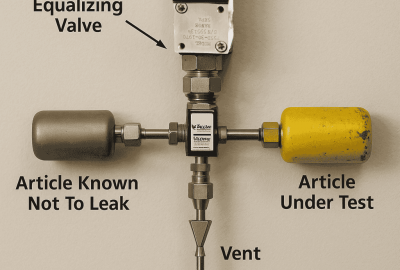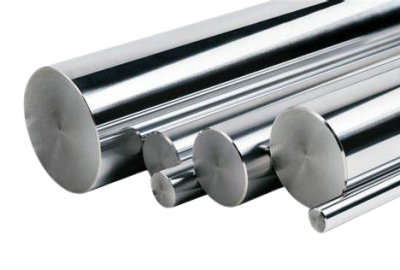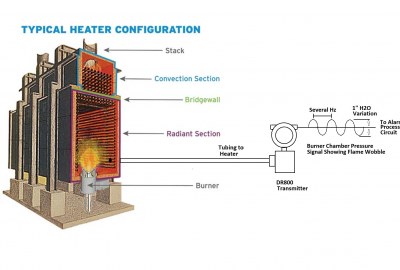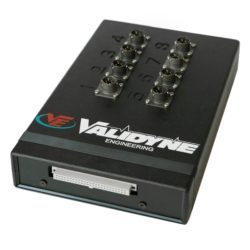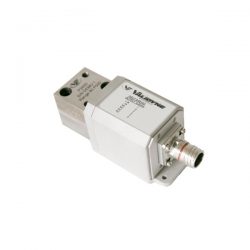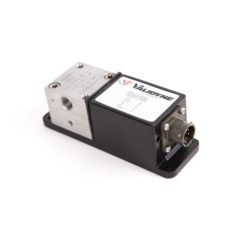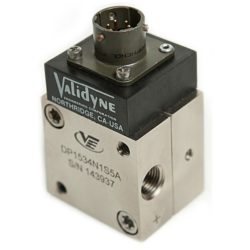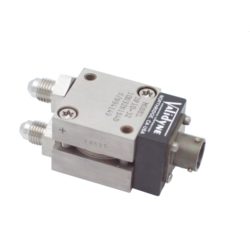Pressure Measurement
Absolute vs. Gage Sensor: Which Is Best
If you want to make an absolute pressure measurement, you have two choices of sensor type. The first and most obvious choice is to specify an absolute pressure transducer. Another choice is to use a gage pressure sensor and offset the output signal to exclude the local atmospheric pressure.
An absolute pressure transducer is referenced to absolute zero and such transducers are manufactured to incorporate a vacuum chamber into the sensor body. This adds to the cost of an absolute transducer and so a more economical approach is to use a gage pressure sensor that is open to the atmosphere and then offset the output signal by 14.7 psi.
A gage pressure transducer with a fixed offset for atmospheric pressure, however, has the disadvantage of being affected by the variations in atmospheric pressure due to the weather. It is possible to quantify this error and determine if a gage-referenced sensor with an offset will result in a satisfactory measurement. For historical records we can see the range of barometric pressure variations due to the weather. These vary depending on geographic location.
The highest sea-level pressure on Earth occurs in Siberia, where the Siberian High often attains a sea-level pressure above 30.01 in Hg, with record highs close to 32.04 in Hg . The lowest measurable sea-level pressure is found at the centers of tropical cyclones and tornadoes, with a record low of 25.69 in Hg).
Honolulu, Hawaii is the place in the US with the overall smallest range of changes in barometric pressure, ranging from 29.34 to 30.32 in Hg. San Diego is the city with the smallest range of changes in the continental US, with an average range of about 29.37 to 30.53 in Hg.
As for the places with the greatest range of pressure changes, St. Paul, Alaska ranges from 27.35 to 30.86 in Hg. In the contiguous US, Charleston, South Carolina has the largest range of changes, with a 27.64 to 30.85 in Hg.
Choosing between an absolute transducer with a full vacuum reference and a gage-referenced transducer with an offset is simply a matter of determining how much error will result from typical ambient atmospheric pressure changes due to the weather.
Here is a table to help guide the selection process.
Here are two examples:
You want to make a 200 psia pressure measurement and you are in the southeast US. The weather will likely be similar to Charleston, SC and so looking at the chart you would expect an error of 0.788% to be the result of ambient atmospheric changes if you were to use a gage pressure sensor offset for atmospheric pressure. This error is excessive so the extra expense of a true absolute transducer would be warranted.
You want to make a 2000 psia measurement in Los Angeles. San Diego has a similar weather pattern so from the chart you can see that the error incurred by using an offset gage pressure sensor would be just 0.029% FS. This is very small compared to the 0.25% accuracy of the transducer and so would be the most economical choice.
Look at Validyne’s offerings of absolute and gage sensors and transducers
Test and Measurement Grade Pressure Transducers (P895,P896,P897V)
Comments are closed

